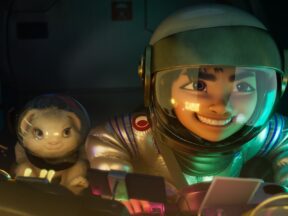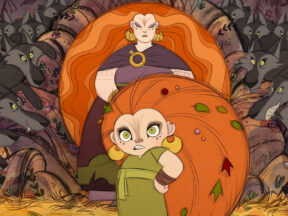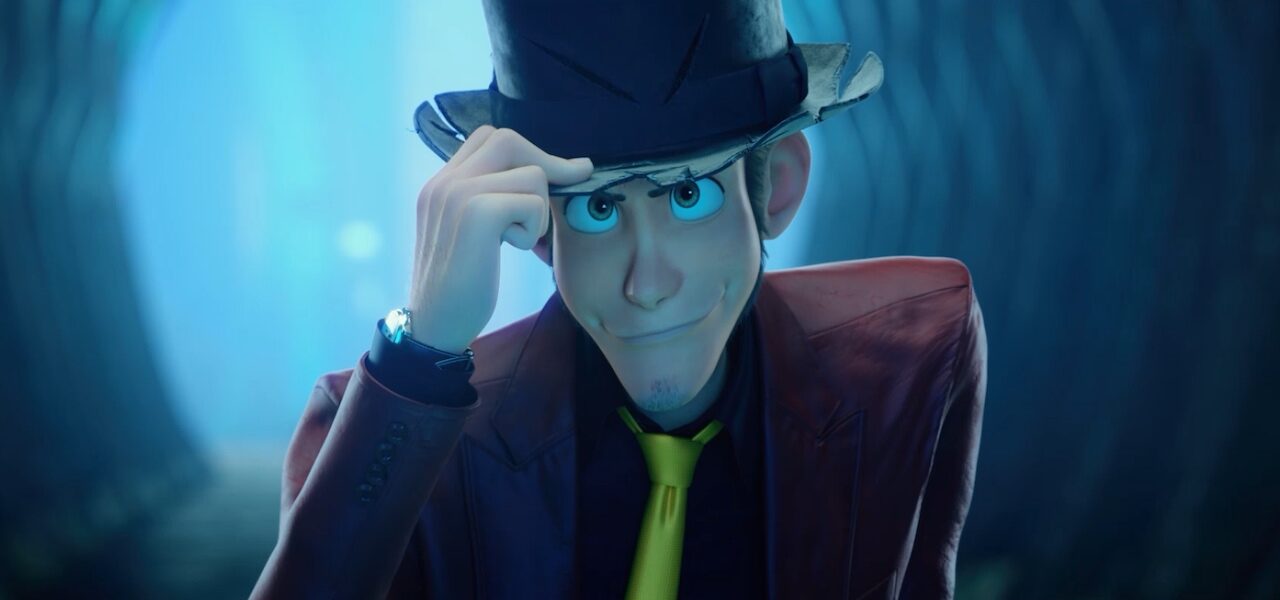
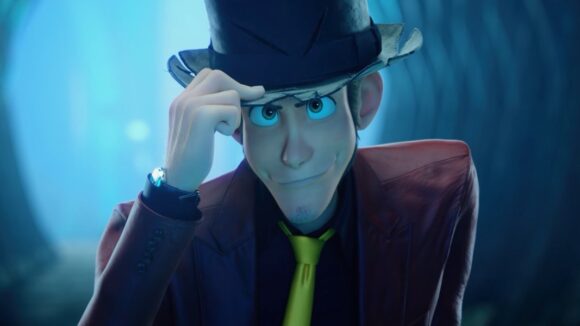
‘Lupin III: The First’ Review: The Gentleman Thief Gains A Dimension Without Losing His Charm
A cg reboot is hazardous territory for a beloved 2d franchise. The people behind Scoob! have described how hard it is to carry the charm across intact; the first Sonic the Hedgehog trailer demonstrated how wrong things can go. In Japan, there is a director who specializes in this delicate operation: Takashi Yamazaki. Having co-directed 3d cg adaptations of the Doraemon manga and Dragon Quest games, he has now dealt the same treatment to Lupin III, who in some ways is to Japan what Bond is to Britain.
Before purists cry foul, it’s worth pointing out that the Lupin III franchise has always been highly malleable. Adaptation is in its DNA: Lupin, the roguish robber and adventurer, was conceived by manga artist Monkey Punch as the grandson of Arsène Lupin, the hero of French novelist Maurice Leblanc’s stories from the early twentieth century.
Across half a century, the manga have inspired countless series, films, and other spin-offs, ranging in tone from the benign tomfoolery of Hayao Miyazaki’s debut feature The Castle of Cagliostro to the decidedly R-rated series Lupin the Third: The Woman Called Fujiko Mine.
Lupin III: The First is closer to Miyazaki’s end of the spectrum. This is a family caper, as silly and playful as its title. The plot — a mash-up of Mesoamerican adventure, Mesopotamian mythology, and Nazi intrigue — is essentially a vehicle for the outlandish action and chummy character comedy familiar from Lupin’s previous outings. In that sense at least, The First is firmly anchored in the franchise’s past. The gadgets are quaint, the overarching frame of reference is Indiana Jones, and a plot point involving rumored sightings of an aged Hitler suggest that we actually are in the 1980s.
The film’s greatest achievement is to invent a cg world that suits this tone. Credit is due to Yamazaki and Marza Animation Planet, which handled the lion’s share of the production (and which, incidentally, was also one of the companies behind the successful redesign of the cg Sonic).
The models are faithful to the originals — starting with Lupin himself, who in 3d looks more like Jake Gyllenhaal than ever. The rigging and animation preserve the slapstick cartoonishness of the old anime versions, even as the film embraces the freedoms of cgi to unmoor the camera and stage dynamic action set pieces. A fleeting shot in which Lupin dodges laser beams combines both approaches to very enjoyable effect.
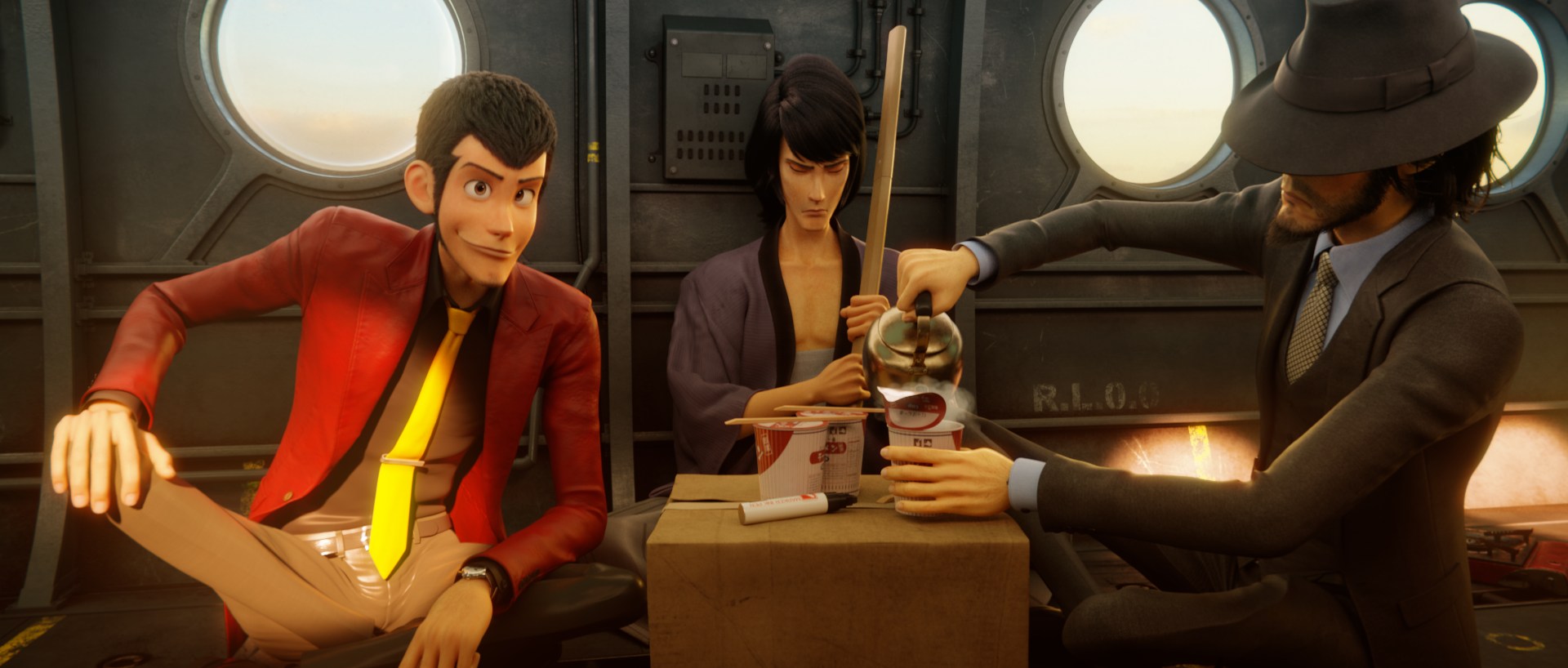
Yamazaki’s script hits many of the requisite Lupin beats. Newcomers to the franchise may be confused by the array of sidekicks — Jigen the hardboiled gunman, Goemon the aphorism-spouting samurai, and so on — who feature here more for the purposes of comedy and fan service than because the story needs them. They aren’t given much to do.
A new character, the would-be archaeologist Laetitia, is set up as an interesting foil to Lupin, the thief with a code of honor: she repeatedly judges him for being a thief, which she considers dishonorable in itself. Sadly, the film quickly drops this idea and recasts her as a distressed damsel (with a dash of attitude).
The more The First gets entangled in the intricacies of its plot, the less engaging it becomes. Nor can it carry the moments of pathos dotted throughout. But then big emotion and high drama were never what Lupin was about. This film knows that, always moving swiftly on to another zany exchange or inventive chase scene. Overall, it’s damn good fun.
“Lupin III: The First” is distributed in North America by GKIDS. The film is playing in select cinemas in the U.S. and Canada for two nights only: October 18 (dubbed) and 21 (subtitled). It will be available on digital download-to-own on December 15, and on steelbook, Blu-ray, and dvd on January 12.
The subtitled version was reviewed.
Director: Takashi Yamazaki
Chief executive producers: Tadashi Takezaki, Keiichi Sawa, Minami Ichikawa, Yoshiro Yasuoka, Yuji Kikukawa, Tatsuo Shimamura
Executive producers: Hiroyasu Shinohara, Kyo Ito, Shuji Abe
Producers: Koji Nozaki, Naoaki Kitazima, Takeshi Ito
Co-directors: Takuya Hada, Takashi Nakashima
Original comic books by: Monkey Punch
Screenplay: Takashi Yamazaki
Music: Yuji Ohno
Art director: Toshiya Umeda
Cg supervisor: Takahiro Arakawa
Editor: Tomokazu Takahashi
Line producer: Mayumi Tachikawa
Sound director: Yoji Shimizu
Sound effects: Akihiko Okase (J.S.A.)
Animation production: TMS Entertainment Co., Ltd. and Marza Animation Planet Inc.
English cast: Tony Oliver, Richard Epcar, Lex Lang, Michelle Ruff, Doug Erholtz, Laurie C. Hymes, J. David Brimmer, Paul Guyet
Japanese cast: Kanichi Kurita, Kiyoshi Kobayashi, Daisuke Namikawa, Miyuki Sawashiro, Koichi Yamadera, Suzu Hirose, Kotaro Yoshida, Tatsuya Fujiwara



